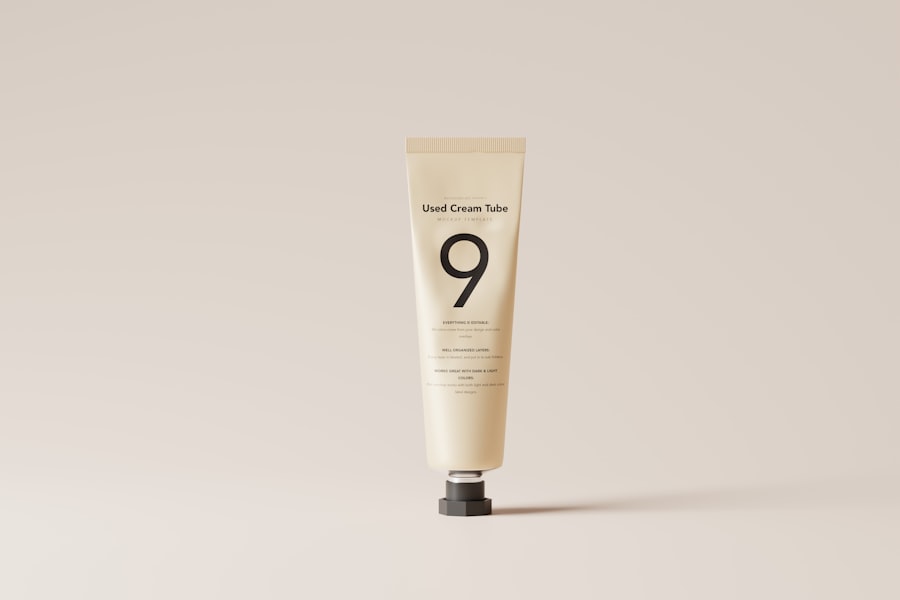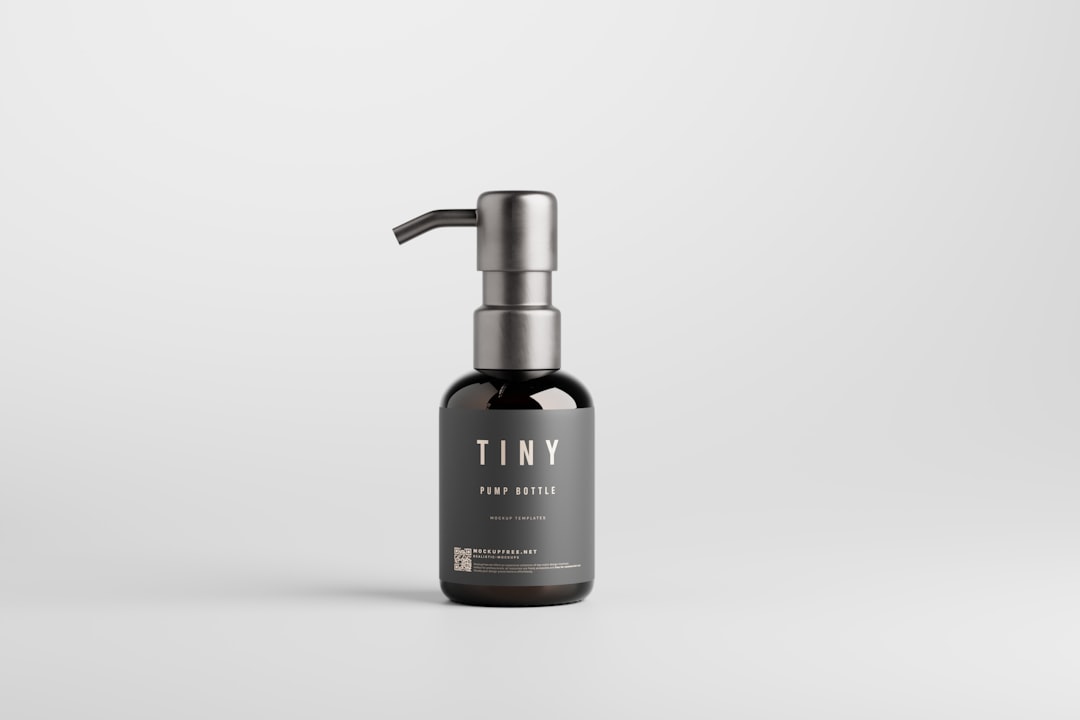When you decide to undergo laser hair removal, you are making a significant investment in your appearance and comfort. However, the journey doesn’t end once the treatment is complete. Understanding the importance of aftercare is crucial for ensuring that you achieve the best possible results.
Aftercare is not merely a suggestion; it is an essential component of the process that can significantly influence the effectiveness of the treatment and your overall skin health. Aftercare helps to minimize potential side effects and enhances the results of the laser treatment. Your skin may be sensitive and vulnerable immediately following the procedure, and how you care for it can make a world of difference.
By adhering to a proper aftercare routine, you can reduce the risk of complications such as irritation, redness, or even hyperpigmentation. This is why it’s vital to take the time to understand what your skin needs in the days and weeks following your treatment.
Key Takeaways
- Proper aftercare is crucial for the success of laser hair removal treatment
- Post-treatment skincare tips include avoiding sun exposure and using gentle products
- Managing side effects and potential risks involves following the advice of a professional
- Sun protection is essential in aftercare to prevent damage to the treated area
- Maintaining hydration and moisture is important for optimal results and skin health
- Gentle exfoliation can be incorporated into the aftercare routine to promote smooth skin
- Certain activities and products should be avoided after laser hair removal treatment
- Follow-up appointments and touch-up treatments should be scheduled to maintain results and address any concerns
Tips for Proper Post-Treatment Skincare
Once your laser hair removal session is complete, your skin will require special attention. One of the first steps in your post-treatment skincare routine should be to keep the treated area clean. Gently cleanse the area with a mild, fragrance-free soap to remove any residual gel or debris.
Avoid using harsh scrubs or exfoliants, as your skin will be sensitive and may react negatively to aggressive products. Instead, opt for a soft cloth or your fingertips to ensure that you’re treating your skin with care. Moisturizing is another critical aspect of post-treatment skincare.
Applying a soothing, hydrating lotion can help alleviate any dryness or tightness you may experience after the procedure. Look for products that contain calming ingredients like aloe vera or chamomile, which can provide relief and promote healing. Remember to apply moisturizer regularly, especially if you notice any dryness or flakiness in the treated area.
Managing Side Effects and Potential Risks

While laser hair removal is generally safe, it’s essential to be aware of potential side effects and how to manage them effectively. Common side effects include redness, swelling, and mild discomfort in the treated area. These symptoms are typically temporary and should subside within a few hours to a couple of days.
However, if you notice that these symptoms persist or worsen, it’s crucial to consult with your practitioner for guidance. In some cases, you may experience more severe side effects such as blistering or changes in skin pigmentation. If you notice any unusual reactions, it’s important to seek medical advice promptly.
Your practitioner can provide recommendations tailored to your specific situation, ensuring that you receive appropriate care. Being proactive about managing side effects will not only help you feel more comfortable but also contribute to achieving the best results from your treatment.
The Role of Sun Protection in Aftercare
| Metrics | Value |
|---|---|
| UV Index | High |
| Sunscreen SPF | Minimum 30 |
| Aftercare Instructions | Apply sunscreen every 2 hours |
| Recommended Sunscreen Type | Broad-spectrum |
One of the most critical aspects of aftercare following laser hair removal is sun protection. Your skin will be particularly sensitive to UV rays after treatment, making it more susceptible to sunburn and pigmentation changes. To protect your skin, it’s essential to apply a broad-spectrum sunscreen with an SPF of at least 30 every day, even on cloudy days or when you’re indoors.
This will help shield your skin from harmful rays and prevent complications that could arise from sun exposure. In addition to sunscreen, consider wearing protective clothing such as hats or long sleeves when spending extended periods outdoors. This added layer of protection can further minimize your risk of sun damage and ensure that your skin heals properly.
Remember that sun protection is not just a short-term concern; it should be an ongoing part of your skincare routine for several weeks following your treatment.
Maintaining Hydration and Moisture for Optimal Results
Hydration plays a vital role in the healing process after laser hair removal. Keeping your body well-hydrated will not only benefit your overall health but also support your skin’s recovery. Drinking plenty of water helps maintain skin elasticity and can reduce dryness or irritation that may occur post-treatment.
Aim for at least eight glasses of water a day, adjusting based on your activity level and climate. In addition to internal hydration, external moisture is equally important. As mentioned earlier, using a gentle moisturizer can help soothe and hydrate the treated area.
Look for products that are free from fragrances and harsh chemicals to avoid further irritation. Incorporating hydrating serums or oils into your routine can also enhance moisture retention and promote healing. By prioritizing hydration both inside and out, you’ll be setting yourself up for optimal results from your laser hair removal treatment.
Incorporating Gentle Exfoliation into Your Aftercare Routine

While exfoliation is often recommended as part of a regular skincare routine, it’s essential to approach this step with caution after laser hair removal. Your skin will be sensitive, so gentle exfoliation is key to avoiding irritation while still promoting healthy skin renewal. Consider waiting at least a week after your treatment before introducing any exfoliating products into your routine.
When you do begin to exfoliate, opt for mild options such as chemical exfoliants containing alpha-hydroxy acids (AHAs) or beta-hydroxy acids (BHAs). These ingredients can help slough away dead skin cells without the harshness of physical scrubs. Always perform a patch test before applying any new product to ensure that your skin reacts positively.
By incorporating gentle exfoliation into your aftercare routine at the right time, you can help maintain smooth skin while supporting the healing process.
Avoiding Certain Activities and Products After Treatment
After undergoing laser hair removal, there are specific activities and products you should avoid to ensure optimal healing and results. For instance, it’s advisable to refrain from strenuous exercise for at least 24 hours post-treatment. Sweating can irritate the treated area and increase the risk of complications such as infection or inflammation.
Instead, focus on gentle activities like walking until your skin has fully recovered. Additionally, be cautious about using certain skincare products immediately after treatment. Avoid products containing retinoids, glycolic acid, or other active ingredients that may cause irritation during the healing process.
Stick to gentle cleansers and moisturizers until your skin has settled down. By being mindful of what you expose your skin to after treatment, you’ll be taking proactive steps toward achieving the best possible outcome.
Scheduling Follow-Up Appointments and Touch-Up Treatments
Finally, one of the most important aspects of ensuring long-lasting results from laser hair removal is scheduling follow-up appointments and touch-up treatments as recommended by your practitioner. Depending on your hair growth cycle and individual needs, additional sessions may be necessary to achieve optimal results. Staying on top of these appointments will help ensure that any remaining hair follicles are effectively treated.
During follow-up visits, your practitioner can assess your progress and make any necessary adjustments to your treatment plan. They can also provide valuable insights into how well your skin is responding and whether any changes in your aftercare routine are needed. By maintaining open communication with your practitioner and adhering to their recommendations, you’ll be well on your way to enjoying smooth, hair-free skin for years to come.
In conclusion, understanding and implementing proper aftercare following laser hair removal is essential for achieving the best results while minimizing potential risks and side effects. By prioritizing skincare, sun protection, hydration, gentle exfoliation, and regular follow-ups with your practitioner, you can ensure that your investment in laser hair removal pays off beautifully in the long run.




